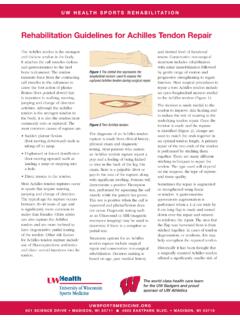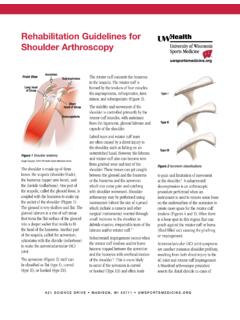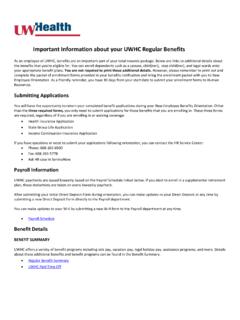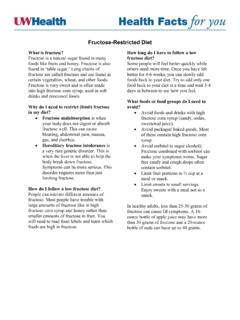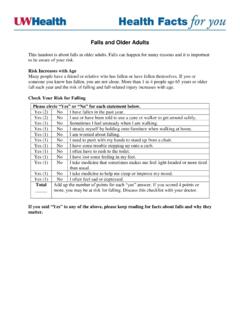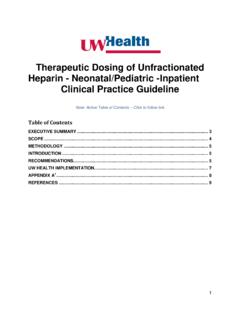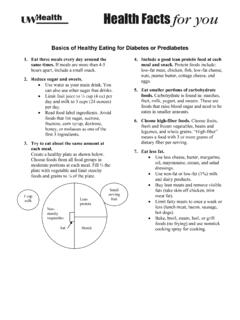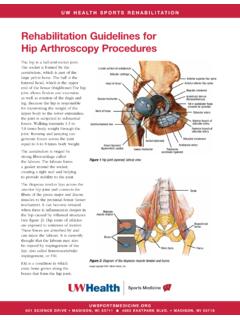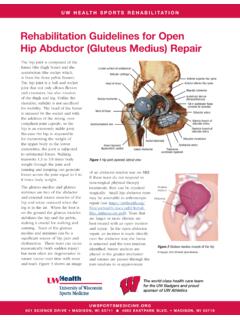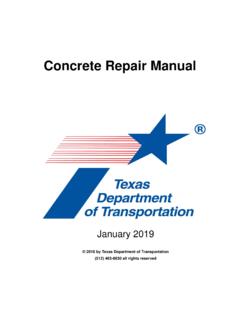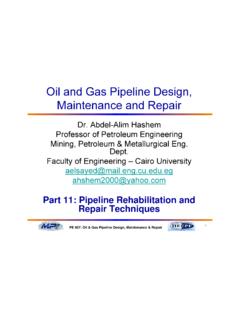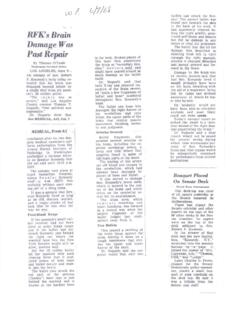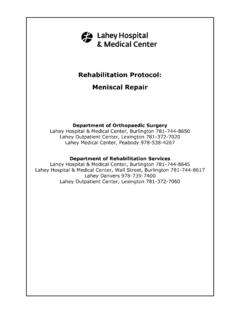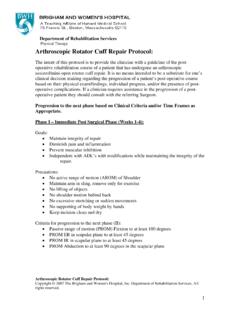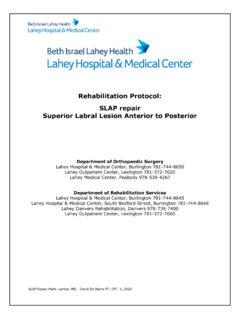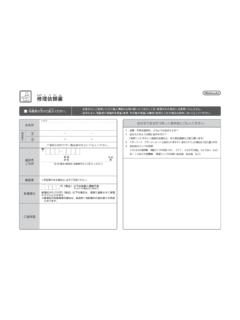Transcription of Rehabilitation Guidelines for Distal Bicep Tendon Repair
1 UW HEALTH SPORTS REHABILITATIONThe world class health care team for the UW Badgers and proud sponsor of UW 621 SCIENCE DRIVE MADISON, WI 53711 4602 EASTPARK BLVD. MADISON, WI 53718 Rehabilitation Guidelines for Distal Bicep Tendon RepairThe elbow is a complex system of three joints formed from three bones; the humerus (the upper arm bone), the ulna (the larger bone of the forearm on the small finger side) and the radius (the smaller bone of the forearm on the thumb side). This complex system allows a hinging action (bending and straightening) and a rotation action.
2 The stability of the elbow joint is maintained by the bony congruency, the muscular attachments and the biceps muscle is the muscle on the front of your upper arm. The Tendon is the structure that connects muscle to bone. The biceps muscle has two parts (heads). At the top of the muscle each head has a Tendon that attaches to the shoulder girdle. At the bottom ( Distal ) of the muscle both heads attach to one Tendon which then attaches to the radius bone of the forearm (figure 1).The biceps muscle has two important functions.
3 It bends (flexes) the elbow joint and rotates the forearm to a palm up position. If the Distal Tendon of the biceps is torn completely (ruptured) there will be a significant loss of strength for these two rupture of the biceps most often occurs when the elbow is being pulled in to a straightened (extended) position while it is actively trying to do the opposite. Common examples include lifting weights or other objects that are too heavy or one-arm type of injury is more common in men than women, middle aged people, those who have used steroids or surgical Repair you will have permanent weakness.
4 Surgical Repair involves reattachment of the Tendon to the radius bone. Prior to reattaching there may be a need to trim away the frayed or damaged fibers at the end of the Tendon . This will create a healthier Tendon end that can then be secured to the bone. There are different techniques depending on the situation, but most often stitches are put through the Distal biceps Tendon and then pulled through a suture anchor in the radius bone to rejoin to its original location. This will allow the Tendon to heal back to the bone (figure 2).
5 It is important to address this injury very soon after it happens. Waiting too long may limit the chance that the surgeon can reach/pull the torn Tendon all the way back to its original surgery you will be required to complete a comprehensive Rehabilitation program, as outlined below. Your therapist will guide you through this process and make adjustments that are necessary to your individual needs and muscleDistal biceps tendonRadius boneFigure 1: The biceps muscle lies on the front of the upper arm and has two heads.
6 At the shoulder there are two Tendon attachements, where as at the elbow there is one Tendon ( Distal ) attaching to the radius bone of the of the biceps tendonEnd of Tendon trimmedSuturesplacedFigure 2: Distal biceps Repair - the torn end of the Distal biceps is debrided (trimmed/cleaned) of any frayed ends. Then sutures are placed into the Tendon , allowing it to be pulled back to its original location on the radius. It is then surgically anchored at that location until eventually the Tendon heals back in to the Guidelines for Distal Bicep Tendon 621 SCIENCE DRIVE MADISON, WI 53711 4602 EASTPARK BLVD.
7 MADISON, WI 53718 PHASE I (surgery to 2 weeks after surgery)Appointments No Rehabilitation appointments during this phaseRehabilitation Goals Protection of healing repairPrecautions Splint: Your elbow will be immobilized at 90 in a splint for 10-14 days with forearm in neutralNOTE: Staying within the range of motion (ROM) Guidelines is vital to protect the repairCardiovascular Exercise None at this timeProgression Criteria 2 weeks post-opPHASE II (2-4 weeks after surgery)Appointments Rehabilitation appointments are 1-2 times per week Rehabilitation Goals Protect Repair Avoid overstressing the fixation site Begin to restore motionPrecautions The initial elbow extension block will be determined based on the tension of the Repair - the elbow flexion angle needed for re-attachement during the surgery.
8 The surgeon will prescibe and document the extension block and set the hinged brace at the first physician post-op visit. The patient will start physical therapy very soon after that appointment. The extension block can be progressed 10 each week by the therapist until they reach full extension. For example if it was set at 40 14 days after surgery, then the PT can progress that to 30 at day 21 assuming there are no symptomatic restrictions. In some cases, such as acute tears of healthy tendons, the Tendon can be repaired without tension, thus almost full extension.
9 In these cases a hinge brace will not be necessary. The patient may have a soft sling for comfort but this can be weaned from as soon as they start physical therapy. Avoid shoulder extension. Suggested Therapeutic Exercise Passive range of motion (PROM) for elbow flexion and supination, within current ROM limits above Active range of motion (AROM) for elbow extension and pronation, within current ROM limits above Sub-maximal, pain-free isometrics for triceps Sub-maximal, pain-free isometrics for biceps with forearm neutral ,up to lifting 5 lbs.
10 Active shoulder motion with 5 pound lifting restrictionCardiovascular Exercise Stationary bike Outdoor walking (no treadmill or uneven surfaces)Progression Criteria 4 weeks post-opRehabilitation Guidelines for Distal Bicep Tendon 621 SCIENCE DRIVE MADISON, WI 53711 4602 EASTPARK BLVD. MADISON, WI 621 SCIENCE DRIVE MADISON, WI 53711 4602 EASTPARK BLVD. MADISON, WI 53718 PHASE III (5-12 weeks after surgery)Appointments Rehabilitation appointments as needed. Usually 1 time per weekRehabilitation Goals Achieve full elbow motion Adherence to home exercise program (HEP)Precautions Avoid shoulder extension and eccentric biceps activity Hinged Brace: continue to progress as described in phase 2 Suggested Therapeutic Exercises Single plane AROM for elbow flexion, extension, supination and pronation.
